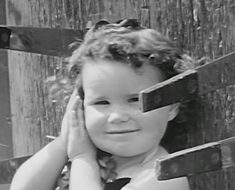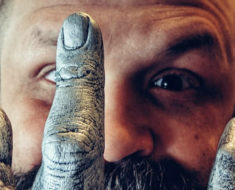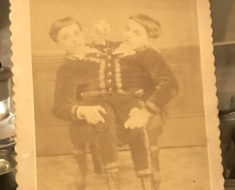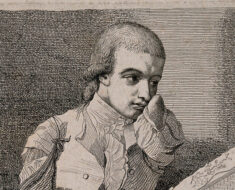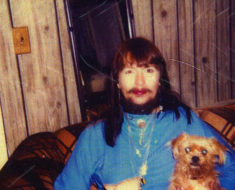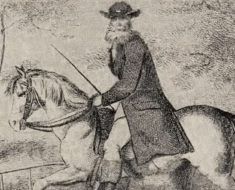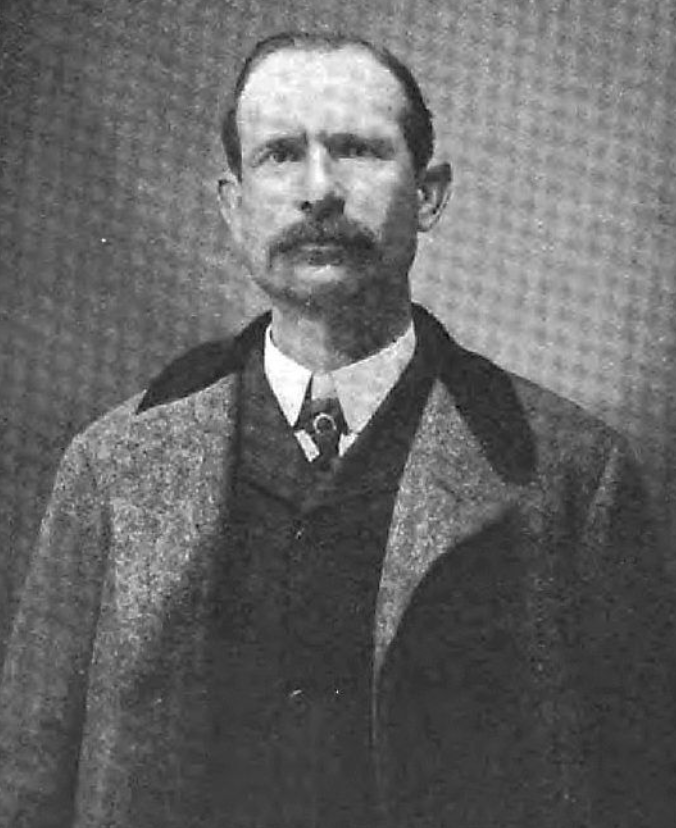
Doctors generally recommend eight hours of sleep per night. Albert E. Herpin of Trenton, New Jersey, paid no attention to their health advice. Instead, he opted for zero hours a night for thirty years. But according to an April 1912 article in New York’s The Evening World, after three decades, he finally felt a bit weary.
“He says he is physically weak and believes a nap of only five minutes’ duration would give him new life,” the article stated.
Herpin wasn’t simply struggling to fall asleep; he had no desire to do so. He reportedly rested in an armchair for a few hours each night without closing his eyes, reading newspapers during these brief periods of respite. Otherwise, he stayed busy as a pottery maker and decorator, contributing innovations in underglaze and overglaze techniques. Remarkably, those who knew him claimed he never appeared drowsy despite his sleeplessness.
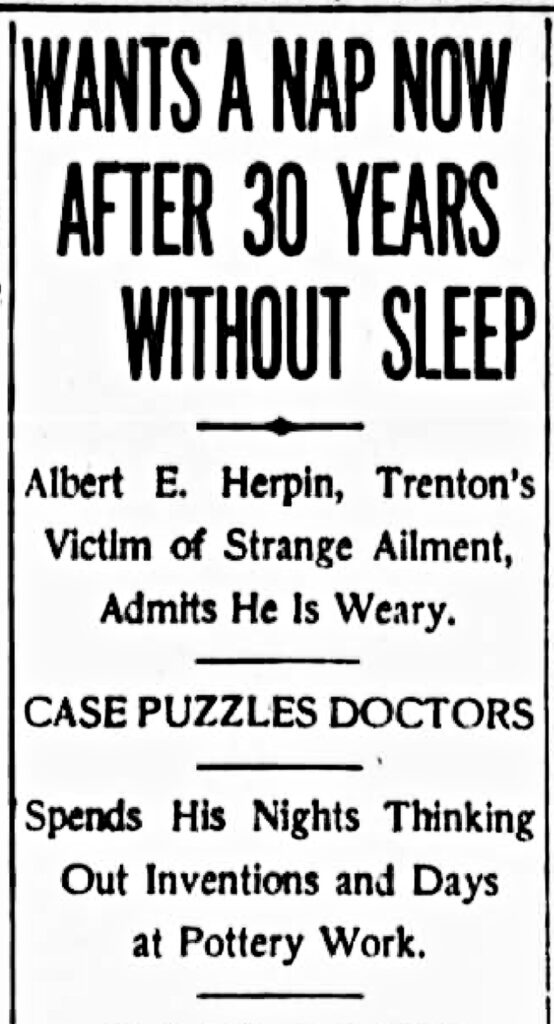
There are varying accounts of when Herpin’s strange condition—or ability—began. The aforementioned article from 1912 claims it started in 1882 after the death of his wife. He was just thirty years old then. Years later, a 1936 report states his lack of sleep dates all the way back to his birth. “His mother was worried as all the other members of the family slept normally,” it said. In terms of general sleep, so did the rest of the human race. Doctors studied the sleepless wonder but were stymied and offered no help.
“I do not believe a man needs sleep, and I believe that I will live a long life without it,” Herpin told reporters. “Until a few days ago when I began to feel weary, I felt as well as I did when I was a young man. To tell you the truth, I would hate to sleep a part of my life away. I find that I can think and work better at night than I can in the day time. I have never been really sick in my life, and I believe that I am as strong today as any man of my age in this city.”
Herpin indeed lived a long life. He passed away on January 3, 1947, at the age of ninety-four and maintained his claim of sleeplessness for all those years.

